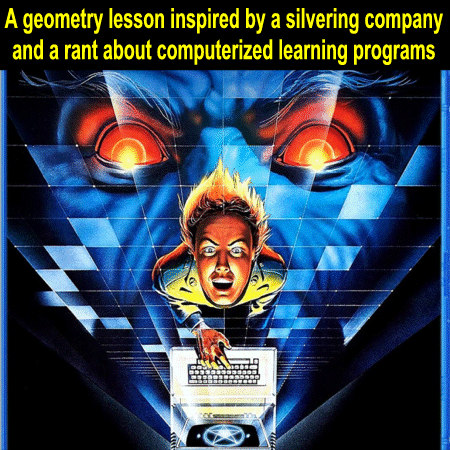John Thompson Reviews SLAYING GOLIATH, Part 1
John Thompson, historian and retired teacher in Oklahoma, reviews SLAYING GOLIATH in two-parts.
He begins:
Diane Ravitch’s Slaying Goliath: The Passionate Resistance to Privatization and the Fight to Save America’s Public Schools is the history of the rise and fall of corporate school reform, but it is much more. It isn’t that surprising that a scholar like Ravitch, like so many researchers and practitioners, predicted over a decade ago how data-driven, competition-driven “reform” would fail. Technocratic “reformers,” who Ravitch calls “Goliath,” started with a dubious hunch, that socio-engineering a “better teacher” could overcome poverty and inequality, and then ignored the science that explained why evaluating teachers based on test score growth would backfire.
 It may be surprising that Ravitch, an academic who had once worked in the Education Department of President George H. W. Bush, and served on the board of the conservative Fordham Foundation, become the leader of the grass roots uprising of parents, students, and educators which she dubs the “Resistance.” But it soon became clear why Ravitch inspired and guided the Resistance. In contrast to CONTINUE READING: John Thompson Reviews SLAYING GOLIATH, Part 1 | Diane Ravitch's blog
It may be surprising that Ravitch, an academic who had once worked in the Education Department of President George H. W. Bush, and served on the board of the conservative Fordham Foundation, become the leader of the grass roots uprising of parents, students, and educators which she dubs the “Resistance.” But it soon became clear why Ravitch inspired and guided the Resistance. In contrast to CONTINUE READING: John Thompson Reviews SLAYING GOLIATH, Part 1 | Diane Ravitch's blog
John Thompson Reviews SLAYING GOLIATH, Part 2 | Diane Ravitch's blog - https://wp.me/p2odLa-pdJ via @dianeravitch






















